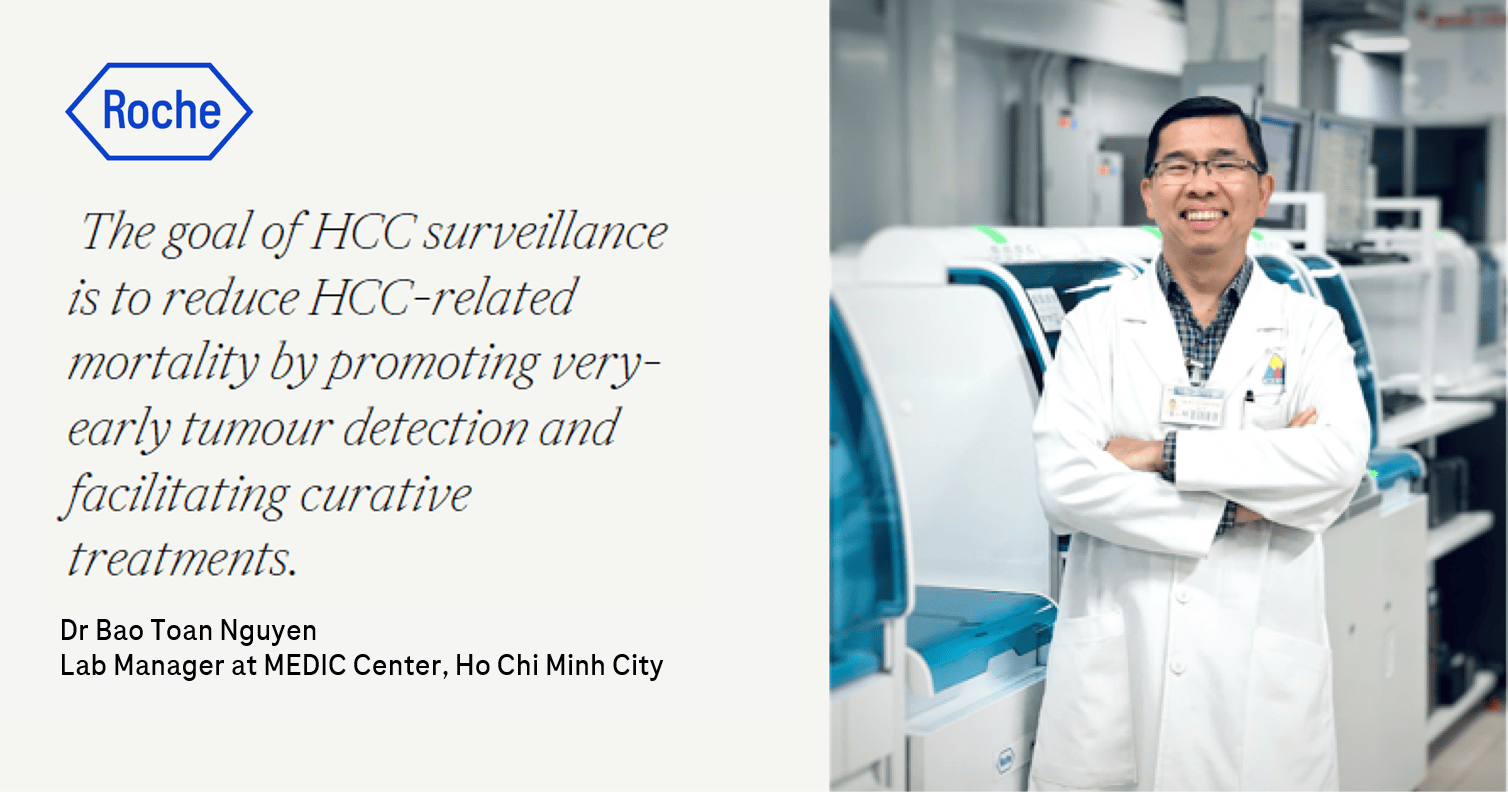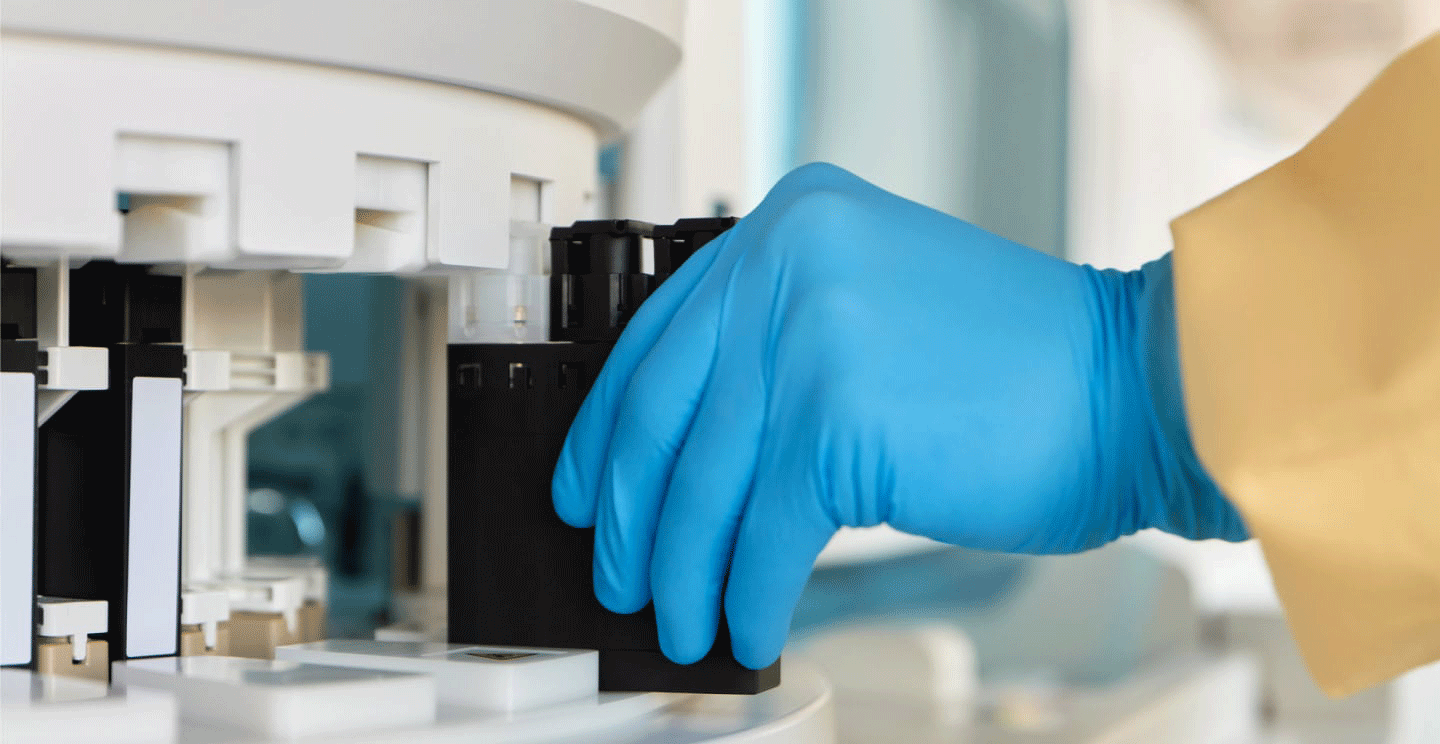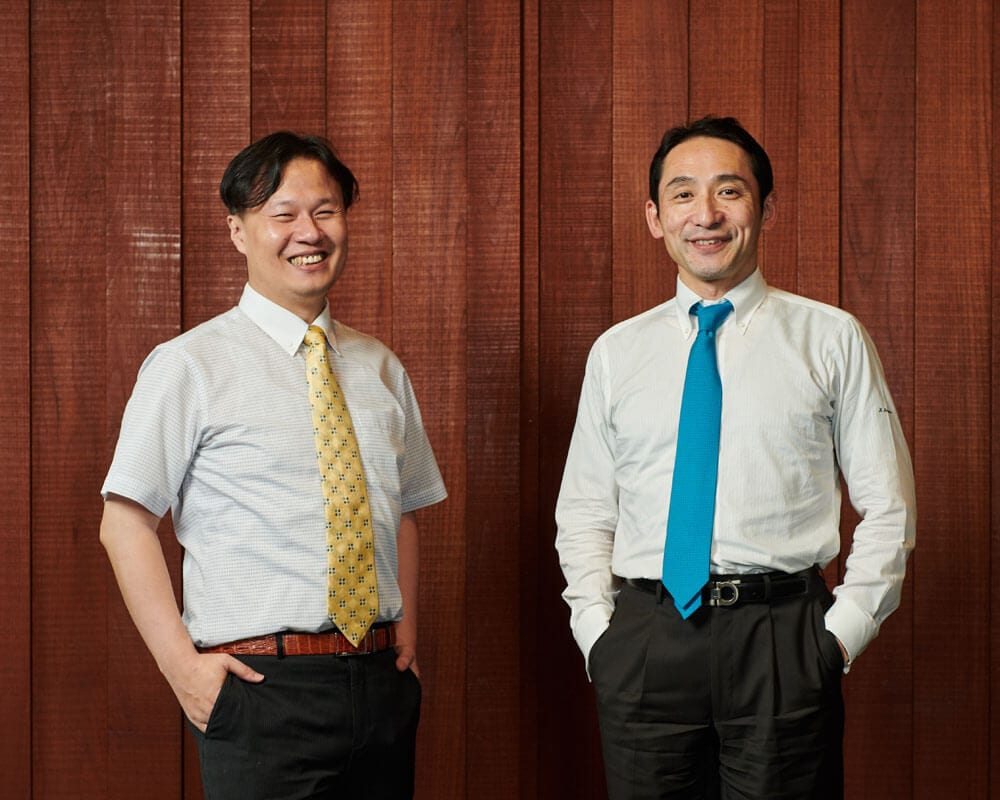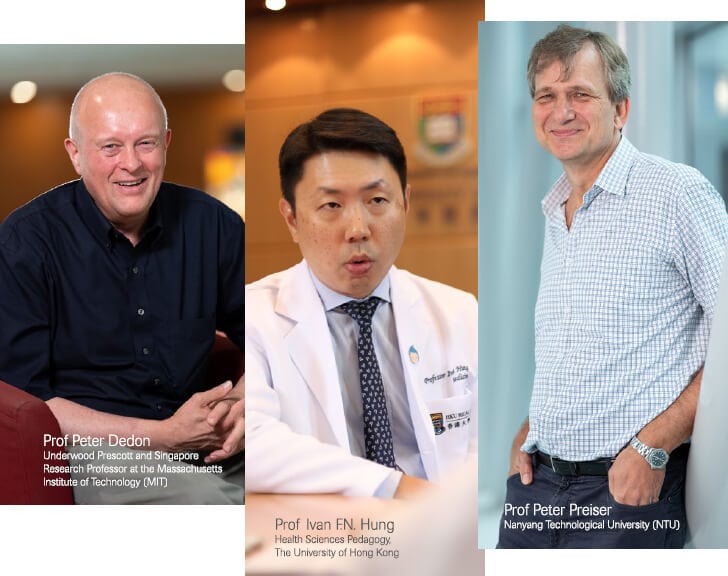In Vietnam, late-stage diagnoses of hepatocellular carcinoma (HCC) are common due to limited awareness and screening methods, leading to significant financial and health burdens. Learn how innovation in diagnostics has enhanced patient outcomes and early detection of HCC.
Hepatocellular carcinoma is a silent killer. Symptoms remain undetected, often only to be found when it’s too late.1 Less than 16% of patients diagnosed with late-stage disease survive more than 5 years.2 In Vietnam, 60% of individuals with HCC are unfortunately diagnosed at the later stages.3,4 This means that nearly 12,000 people have to deal with the consequences of a delayed diagnosis.5 This is due to an array of factors like a lack of awareness of HCC, effective screening methods and inconsistent screening behaviour.6 Being a low and middle-income country, having such a high HCC burden in Vietnam creates significant financial turmoil for individuals and the government with an annual expenditure of nearly USD $2000 per patient.7
Diagnosing HCC as early as possible is essential to improving patient outcomes, and reducing the financial burden on the nation. 30% of the state budget is currently allocated to healthcare and often, even this amount is insufficient.8 In 2020, government healthcare expenditures came up to an average of 2% of the GDP, nearly 7 billion USD.9,10
As Lab Manager for MEDIC Center, the largest private lab group in South Vietnam, Dr Bao Toan Nguyen saw that more robust testing was required. While recent developments in screening and treatments are making advances in the prevention, diagnosis, and treatment of HCC, clinicians still face challenges in diagnosing the disease early enough. Innovations in diagnostics, and integrating these into existing laboratory and clinical environments are critical to ensure the improvement in screening, detection, and medical management of liver cancer. Dr Nguyen took it upon himself to lead the adoption of immunoassays into the testing procedures to improve the early detection of HCC, the most common type of cancer in Vietnam.9 His goal was to reduce HCC-related mortality by promoting early tumour detection and facilitating curative treatments.

HCC surveillance in Vietnam relies on ultrasound and the Alpha Fetoprotein (AFP) Tumour Marker Test; this method has limitations in detecting early-stage HCC as readings can be compromised by obesity, fibrotic changes, and even the quality of the device or user experience.10,11,12
The role of biomarkers in aiding more effective and early diagnosis
Protein induced by vitamin K or antagonist-II (PIVKA-II) has been identified as a promising biomarker with utility in the surveillance, diagnosis, and management of HCC.13,14 PIVKA-II is an early version of a protein called prothrombin. It’s abnormal and appears differently from the usual prothrombin. It is detected in people with liver diseases like hepatitis and cirrhosis,5 and the assay is used as an aid in the diagnosis of hepatocellular carcinoma (HCC).
Testing for PIVKA-II can deliver higher sensitivity for earlier detection of HCC when paired with testing of the AFP protein compared to AFP testing alone.15 In labs around the world, PIVKA-II testing is supplementing these older approaches because it enables clinicians to diagnose patients earlier and get them started on treatment when the odds of survival are the highest.16
Through the efforts of Dr Nguyen, clinical doctors now combine PIVKA-II and AFP for HCC diagnosis and surveillance at the MEDIC Center. The overall sensitivity for HCC detection is 92% at a specificity of 82%, improving the diagnosis rates at the MEDIC Center by 40%.11
Liver cancer certainly hasn’t been cured, but progress has been made.The chance of a timely diagnosis for improved patient outcomes has definitely improved. Changemakers like Dr Nguyen are essential advocates to leverage newer technologies and testing methods to improve the accuracy of detection and enable earlier diagnosis. As the bedrock of healthcare, improvements to the diagnostics infrastructure are therefore key to ultimately improving the management of HCC at scale. Together with the availability of new and more effective treatments, there is more hope to improve the life expectancy for people with HCC than ever before.
*The information contained in this article was extracted from Edition 2024, Vol 14.






